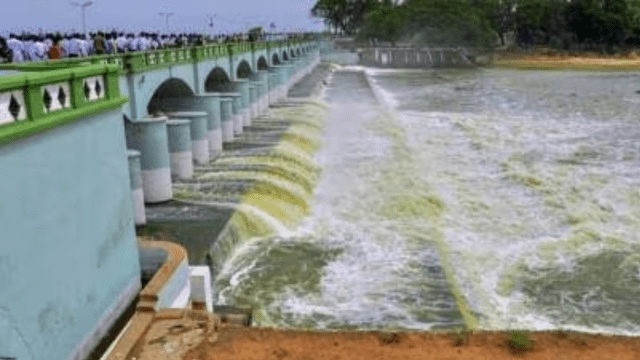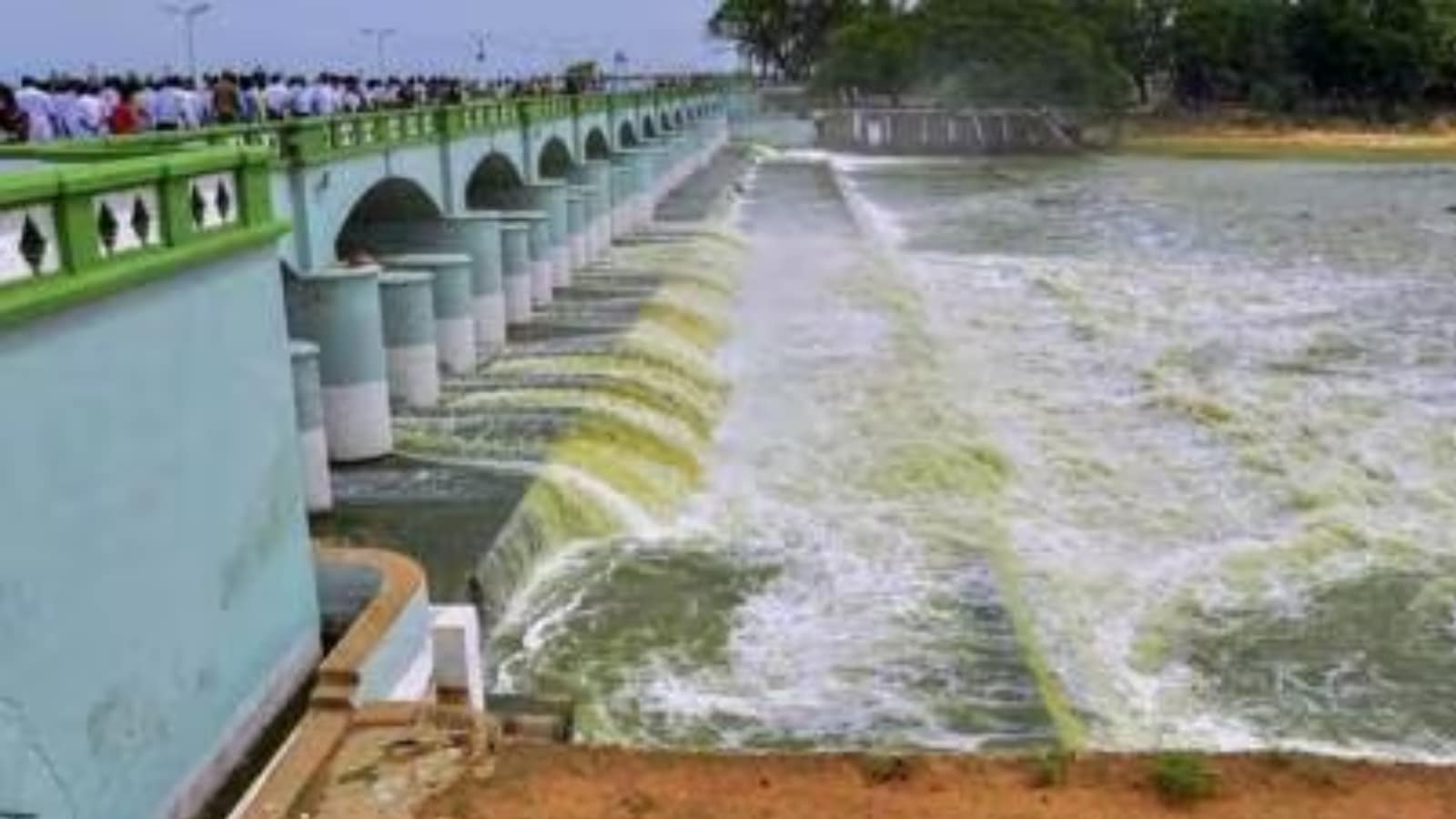
Written by K Kannan and Chitra Narayan
This week, Tamil Nadu Chief Minister M K Stalin condemned Karnataka for not releasing the state’s share of Cauvery water and called an all-party meeting on the subject, even as Karnataka’s Deputy CM D K Shivakumar urged cooperation between the two states on the long-standing dispute. Interstate water disputes are not peculiar to India. In the USA, water disputes among states are rampant. Cases between Texas, on the one side and New Mexico and Colorado on the other, the State of Alabama versus Georgia, Kansas’ grievance against Colorado, Mississippi’s plaint against Tennessee are all pending at various stages in the US Supreme Court.
In each of these cases, the Court has directed parties to negotiate between themselves. In India, the Constitutional provision under Article 262 is prescient — it anticipated that river disputes are settled best through negotiation. In the Cauvery water dispute, the principal disputants being Karnataka and Tamil Nadu, the Central government was prodded by the Supreme Court to constitute the Tribunal only after 26 meetings held between 1968 and 1990 at ministerial levels.
The interim order of the Tribunal, the question of its competence to do so, the final order, the challenge to the correctness of the decision by both States in the Supreme Court, consumed the period 1992 and 2018. The Supreme Court ruled on February 16, 2018, that, one, the 1924 agreement between the British Government representing the Madras Presidency and the Ruler of the princely State of Mysore was not invalid; two, the allocations of relatively a higher share to Tamil Nadu made by the Tribunal between the States required but a modicum of change; and three, the Union shall frame a scheme to enforce the award of the Tribunal.
Uncertainties despite SC judgment
A scheme was notified with the constitution of the Cauvery Water Management Authority (CWMA) on June 1, 2018. Court decisions are not like solutions to mathematical theorems.
The Government of Tamil Nadu has been complaining of inadequate water release by Karnataka for Kuruvai and it has approached both the CWMA as well as the Supreme Court against a proposal to construct a dam across the Mekedatu river to address the drinking water needs of Bengaluru. It is every private litigant’s experience that the travail begins only after getting a judgment. Execution is a long process that exacerbates the helplessness of the persons most affected — the farmers, as well as multiple actors who may be removed from the immediate effect of these decisions but are concerned with the outcomes. The 1991 riots following the notification of the interim order of the Cauvery Water Disputes Tribunal is a reminder as to what we must do well to avoid.
A history of discussions
S Guhan’s and T Ramakrishnan’s monographs on the Cauvery water dispute have each underscored the fact that the 1968-90 talks were prolonged and fitful. Except during 1972-76, the Ministerial meetings were “almost invariably desultory parleys rather than meaningful negotiations”. They were held at irregular intervals for a day or two on each occasion. The negotiations were held by the chief ministers or high-ranking ministers with no formal training on how to carry on tactful negotiation with disclosures of all facts or involving all stakeholders. They held their talks as “debates” in legislative assemblies and staged walkouts in case of differences, giving calls for bandhs and public demonstrations. As S Guhan observes in his book, “Expert engineers on both sides were not enabled to quietly work together to find common ground. On the contrary, they got co-opted to advance or defend partisan positions.”
Designing a new conflict resolution system
What we have missed is identifying stakeholders and involving them in multiple layers of negotiations. The dispute is over a subject matter understood to be a scarce resource. Adding to the difficulties is climate change and its impact on the river, its flow and expectations of rains. Beyond ministers representing the respective government, farmers on either side should be brought face to face over the table. Industries relying on the river for their operations and the urban population thirsting for potable water also have high stakes in the conversations. Environmentalists advocating sustainable water management and ecological balance and rising awareness about the impact of water diversion on ecosystems too have an active place in the discussions. Legal experts, public opinion makers, sociologists, city planners, anthropologists, water and agricultural research organisations, local communities representing grassroots interests, policymakers, political representatives, state representatives, and CWMA all have immense roles to contribute to the final outcome.
The discussions would go hand-in-hand with research by the participants on options proposed for sharing, and for technical issues that arise. These discussions can be moderated and managed by neutral mediators approved by all parties. The design envisages a combination of processes — research and problem-solving; public hearings at the local level, networks of participants and information sharing, understanding, and options generation at multiple stakeholder and advisory levels. The problems articulated would be common and shared, and the process will help in overcoming psychological barriers of seeing the other state as an adversary.
The substance of talks need not all be confidential; in fact, sharing the day’s discussions with all persons interested, but who are not at the table themselves will instil confidence in the negotiations and facilitate real time feedback. An instance of such a public mediation was the issue of expansion of the Vienna Airport. The structuring of the mediation and the manner in which it was carried out is a revelation. Participation was comprehensive, both in terms of inclusion of persons affected and support groups. All minutes of meetings and work documents were published on the website after having been approved by the appropriate group
There has never been a better time to begin discussions between Tamil Nadu and Karnataka, with Kerala and Puducherry on their flanks. These states should showcase that they have a different style of functioning for cohesion that goes beyond electoral results.
Add technology as an aid for rain predictions and inflow and discharge managements being handled as a dynamic process on 24X7 daily basis, we can offer a winning formula complementing the mediation exercise.
Kannan is a Senior Advocate, Mediator and a former judge of Punjab and Haryana High Court and Narayan is Professor in the Faculty of Law at Sai University and a trained mediator
© The Indian Express Pvt Ltd
First uploaded on: 19-07-2024 at 13:25 IST



